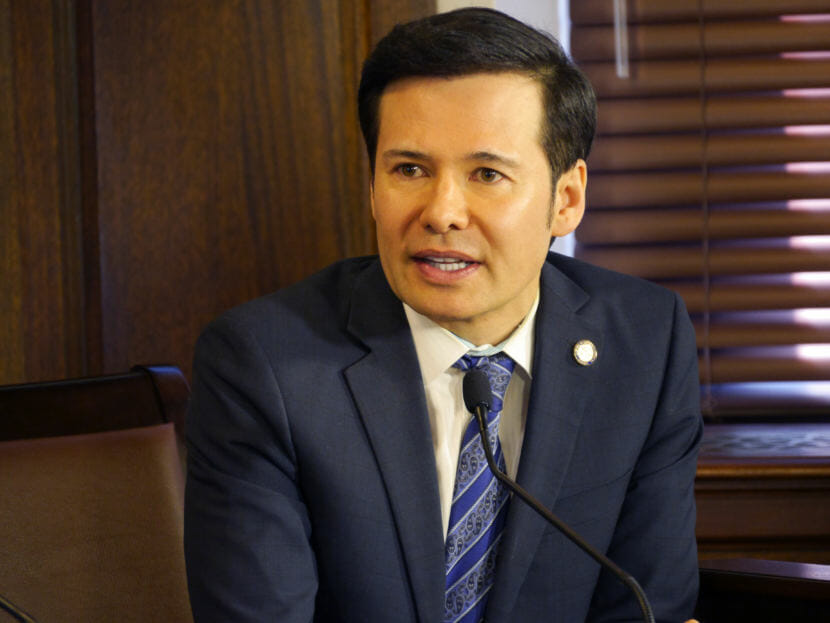
After a slow session, the Alaska Legislature advanced budget proposals last week. Both the House and Senate would draw money from Alaska Permanent Fund earnings to pay for state government for the first time.
While the House and Senate have been far apart on some of the major questions facing the state, the House budget and the Senate’s draft budget are pretty similar.
Both would increase the portion of the budget the Legislature directly controls by more than $500 million. Nearly half of those increases would go to permanent fund dividends, which would be roughly $1,600 — an amount that Gov. Bill Walker said on Friday he’d support.
There are differences between the House and Senate. The Senate would spend less on government operations and more on oil and gas tax credits. And the Senate Finance Committee proposed making a couple of complicated changes related to school funding that would have the effect of moving $1.8 billion from permanent fund earnings to the piggy bank the state has used for years to close budget gaps, the Constitutional Budget Reserve. Senators are concerned that that fund is getting too low.
Walker on Friday criticized the Senate budget for including cuts to public safety funds, including more than $2 million for troopers to travel to rural communities.
On Day 81 of the 90-day session set by state law, it will be a challenge for the Legislature to finish on time. The Senate is looking to pass its version of the budget by Day 90, April 15. Toward that end, the Senate Finance Committee heard public testimony on the budget Friday. But the Senate and House will have to resolve their differences. So the session will likely go at least a few days longer.
The biggest remaining question is whether the two chambers will compromise on a plan on how to use permanent fund earnings to pay for state government in the future. Permanent Fund Corporation CEO Angela Rodell has said fund managers’ job will be harder if they don’t know what the Legislature is going to do from year to year.
But the two sides have so far refused to budge. The House wants to completely close the state’s more than $2 billion spending gap. On top of using fund earnings, the House majority would add taxes on income or the oil and gas industry. The Senate majority position is that it’s enough to pass the permanent fund plan this year.
Earlier this week, Nome Democratic Rep. Neal Foster said he doesn’t think the permanent fund plan bill – Senate Bill 26 – or putting the draw or PFD in the state constitution are ideas the Legislature must have completed this session.
“I personally don’t see SB 26 or constitutionalizing (the plan or PFD) as … ‘must haves’ right now for us to leave here,” Foster said.
Outside of the budget, it’s been a slow session. Last year, the Legislature set records for the most number of days in session and fewest bills passed in Alaska’s history. This year, they likely won’t spend as much time in Juneau. But they’re on track to break the record for fewest bills, with only five so far this year compared with 32 last year.
There are a few bills left that the Legislature could focus on. Senate Bill 176 would use bonds to pay off oil and gas tax credits. Several bills are intended to help public safety. Senate Bill 150 would allow judges to use information from other states to determine whether people who’ve been arrested should be released before their trials. Senate Bill 146 would allow the attorney general to schedule newly available drugs as dangerous.
And there’s still a possibility that the Legislature could pass House Bill 75, which would allow judges to temporarily take guns from people who they find to likely be threats to themselves or others.
Andrew Kitchenman is the state government and politics reporter for Alaska Public Media and KTOO in Juneau. Reach him at akitchenman@alaskapublic.org.




